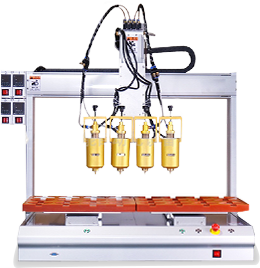

This series of industrial or mechanical parts made of brass is specially designed for industrial equipment, mechanical transmission and fluid control. Relying on the excellent physical and chemical properties of brass, the parts have excellent wear resistance, thermal conductivity and good mechanical strength, and can operate stably under complex working conditions such as high temperature, high pressure and high corrosion. From precision connectors to key transmission components, its precise processing and reliable performance provide a solid guarantee for the efficient operation of various industrial equipment.
4. Economic cost performance: compared with some special alloy materials, brass cost is controllable, while ensuring high performance, it saves production costs for enterprises. At the same time, the good processing properties of brass allow parts to be produced and delivered quickly, meeting the timeliness requirements of industrial production.
Test items | Testing standard | Significance of testing |
Dimensional accuracy | ±0.01mm | Ensure the adaptability of parts |
Surface roughness | Ra≤1.6μm | Reduce friction and improve operating efficiency |
Hardness | Meet the brass alloy standard | Ensure the strength and wear resistance of parts |
Corrosion resistance | Passed the salt spray test (no obvious corrosion for 24 hours) | Adapt to complex industrial environments |
III. Product Details
1. Material characteristics: Mainly use brass alloys such as H62 and H65. H62 brass contains about 62% copper, has high strength and good cutting performance, and is suitable for manufacturing nuts, bolts and other connectors; H65 brass has better plasticity and is often used to manufacture parts that require cold deformation processing, such as springs, gaskets, etc. The addition of zinc to the alloy further enhances its hardness and corrosion resistance.
2. Manufacturing process: The production process covers melting, forging, machining, surface treatment and other links. The temperature and composition ratio are strictly controlled in the melting and casting stage to ensure the uniformity of the alloy; forging makes the internal structure of the material dense and improves the mechanical properties; CNC lathes, grinders and other equipment are used for fine processing to create complex shapes and high-precision dimensions; finally, through surface treatment processes such as electroplating and passivation, the beauty and protection performance of the parts are enhanced.
3. Application scenarios: In hydraulic systems, brass parts can be used as joints and valves, and their sealing performance and pressure resistance ensure stable fluid transmission; in automobile engines, brass bushings can effectively reduce friction, reduce wear, and increase engine service life; in power equipment, brass contacts have good conductivity and oxidation resistance to ensure stable and reliable power connections.
 Headquarters tel.
Headquarters tel. E-mail.
E-mail.